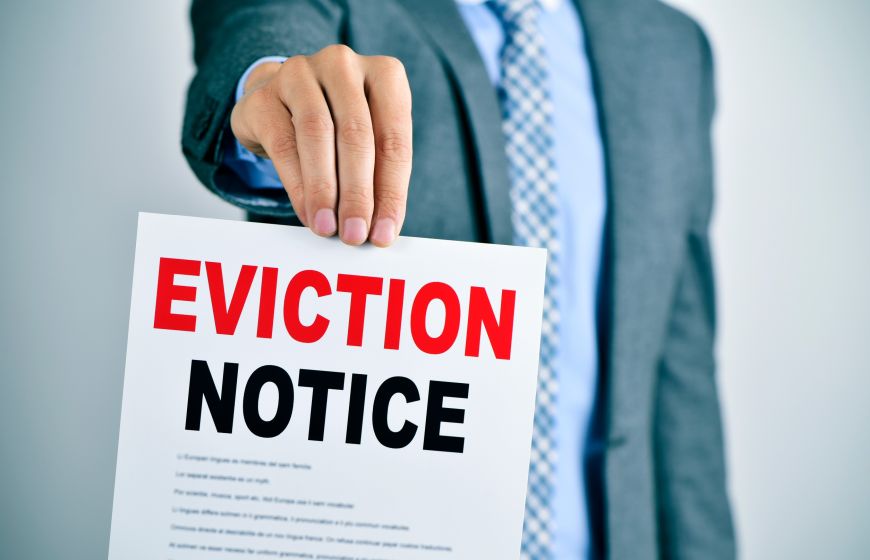If you are a rental property owner, you need to know how to successfully evict tenants. Evictions can be a crucial part of running a rental business. Here are tips to help with evictions. We will cover everything from understanding state and local laws to drafting and serving proper eviction notices.
5 Crucial Steps To Follow In The Legal Process – How To Successfully Evict Tenants
Step 1: Give Notice
Provide the tenant with a written notice to vacate. Make sure to serve the notice in person or by certified mail. You also need to provide a specific date for the tenant to vacate the property. If the tenant doesn’t move out during that period, the landlord can file an eviction lawsuit in court.
There are various types of eviction notices. You can click here for more details.
Step 2: Lawsuit At Your County Court
Filing an eviction lawsuit in Florida can be daunting, but it doesn’t have to be. The first step is to write up your complaint following Florida’s eviction laws. Ensure to include all necessary information, such as the reason for eviction, the amount of rent owed, and lease violations. Landlords also need to serve the tenant before filing the lawsuit.
Step 3: Eviction Complaint and Summons
Serving the tenant with an eviction summons is essential to get “personal jurisdiction.” Either get the help of a private company or county sheriff for the process.
Deliver the Summons in Person
Serving a tenant with a summons and complaint can be difficult. It is also important to note that it is not easy for the tenant either. Treating tenants with respect can make the process less stressful for everyone involved.
Step 4: Court Hearing
After receiving the complaint, tenants have five days to file a response. The response must be in writing and given to the county clerk. After the tenant’s response, it’s time for the hearing. Landlords must be present at the court for the hearing. They must also come ready to demonstrate their case for eviction.
Step 5: Writs Of Possession
There is always a possibility the tenant will refuse to vacate. In such cases, the landlord has the right to file for a writ of possession. But what exactly is a writ of possession, and how does it help the landlord regain possession of the property?
A writ of possession is a legal document that authorizes the landlord to take possession of the rental property. Once the landlord files for a writ of possession, the court will notify the tenant. The tenant will have a specific deadline by which they must vacate the premises. If the tenant still refuses to leave, the landlord can request the assistance of law enforcement. While this may seem drastic, it might be the only way for the landlord to exercise their property rights.
You can successfully navigate the eviction process by arming yourself with the proper legal knowledge and following the necessary steps. By following these five tips, you can successfully evict tenants and protect your rental property investment.




